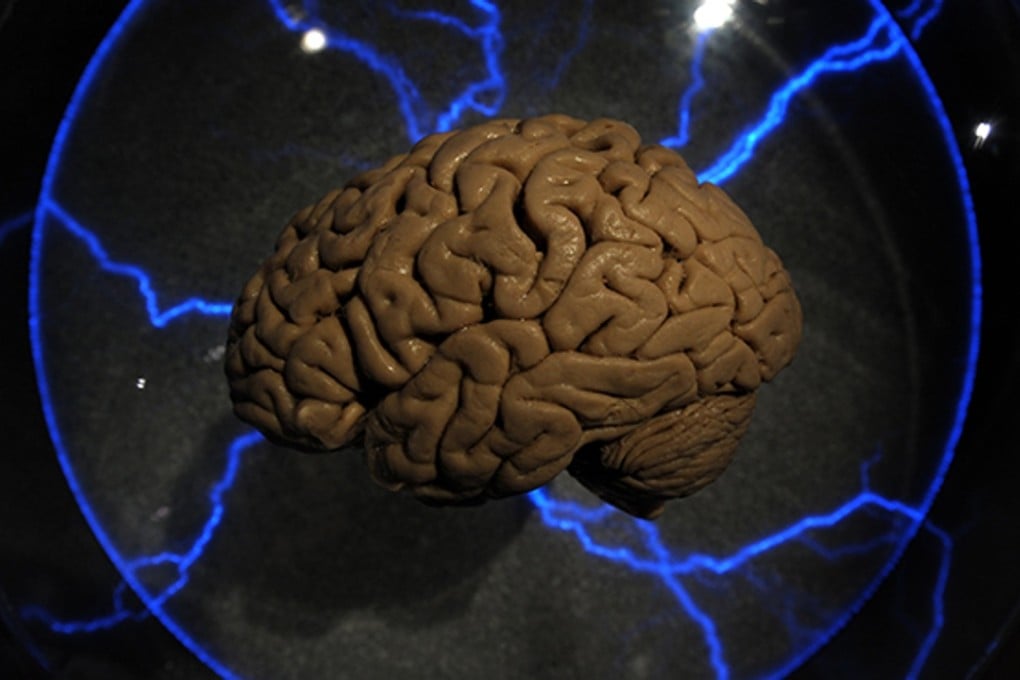Why do our brains look like giant wrinkled walnuts? Western scientists solve biological riddle
Brains of human foetuses are smooth for first 20 weeks, before ‘folding’ begins

The deep folds that give the adult human brain its wrinkled walnut appearance were Mother Nature’s solution to fitting a large, powerful processor into a small skull.
Like a piece of flat, square paper crumpled together to fit into a small, round hole, folding allows more neurons to be packed closer together, with shorter, faster connections between them.
While scientists have long understood why there are folds in the brain’s outer layer, called the cerebral cortex or grey matter, the how has remained a mystery.
Do the creases develop as a result of genetic, biological or chemical signals? Or are they caused by physical forces?
On Monday, a team of researchers from the United States and Europe said the folds can be explained by physics - a discovery that may have important implications for understanding certain brain disorders.
Folds in the cortex develop through buckling in weak spots which develop as the foetal brain grows, they said.